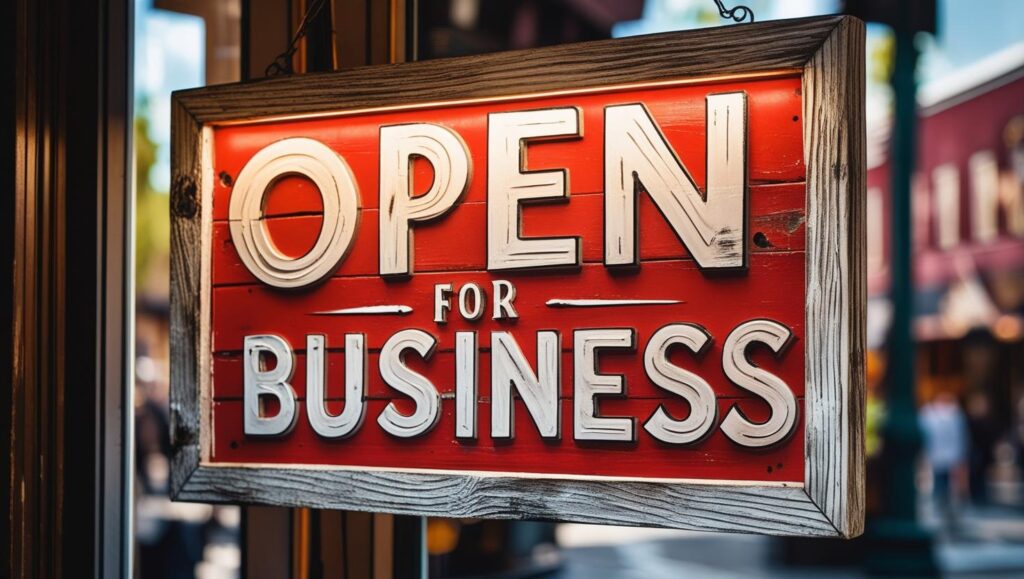For a startup or early stage business, the Seed Enterprise Investment Scheme (“SEIS”) can be an invaluable gateway to investment that in many cases gives that business the ability to grow and be successful. The rules surrounding the SEIS scheme are particularly complex making it easy to make mistakes, and professional assistance with the process is always recommended.
One key concept which can cause some confusion is the start of trade date. It is a critically important point because getting this date wrong can cost a business access to the relief.
In this blog post, we’ll explain:
- What the start of trade date is
- Why it matters for SEIS
- How HMRC determines this date
- Best practices for documenting and evidencing it
What Is the “Start of Trade” Date?
The start of trade date is the point at which your company begins commercial or operational activity with the intention of making a profit. Pinpointing this date can be a complex process, and in reality there is no one size fits all – each company will need to be considered on a case by case basis. According to HMRC, it is when a company is “carrying on a trade on a commercial basis with a view to the realisation of profits.”
This includes things like:
- Making the first sale
- Entering into a commercial contract
- Launching a live product or service
- Invoicing customers
We often explain it to clients as being the point that a company’s ‘shop’ is open for business, i.e. the point that the company is able to make sales, generate income, engage with clients, enter in contracts with customers. This is not necessarily the same date as the date of a first sale but it can be.
Why Is It Important for SEIS?
Under the current SEIS rules, the shares must be issued in order to raise money for the purpose of a ‘qualifying business activity’, and the money must be spent for the purpose of that activity.
According to HMRC’s manuals, the term ‘qualifying business activity’ covers the following:
- Carrying on a new qualifying trade,
- Preparing to carry on a new qualifying trade,
- Carrying on research and development, which must either be carried on when the shares are issued or be commenced immediately afterwards, and which the company intends should benefit or lead to a new qualifying trade.
You will note that carrying on a new qualifying trade is specifically separated here from preparing to carry on a new qualifying trade, and carrying on research and development intended to lead to a new qualifying trade. The three things must therefore be considered separately and, whilst some businesses may go straight to carrying on a new qualifying trade, others may spend time preparing or carrying out research and development first.
This is important because the definition of a ‘new qualifying trade’ under current SEIS rules is one which has not been carried on by either the company or by any other person for longer than three years at the date of issue of the shares (two years for shares issued prior to 6 April 2023). A company must therefore have been trading for less than three years at the point they issue SEIS-qualifying shares. Which in turn means that once a company falls within the bracket of ‘carrying on a new qualifying trade’, bracket one of three above, the clock has started ticking for SEIS investment purposes.
Where a company’s activity fits into one of the other two brackets of qualifying business activity, it may be that the clock is yet to start. Note it is possible that a company falls into two brackets i.e. is carrying out research and development but has also started trading for example, and therefore it is an important exercise to determine which of the brackets a company may fit into.
How Does HMRC Determine the Start of Trade?
There’s no single test, and HMRC will consider every company in its in right. Case law shows us that the facts of each individual case are important when determining whether a trade has begun. That said, there are some examples of evidence that HMRC might look at when deciding when a company has started trading. These can include:
- First issued invoice
- First commercial contract
- Date of product launch or first delivery of services
- Marketing materials or public announcements tied to launch
They may also consider:
- Whether the company has been generating revenue
- When customer relationships or suppliers were formally engaged
- Bank statements showing business income
Best Practices for Founders
- Document key dates: Keep a timeline of product development, R&D, launch, and first sale.
- Separate R&D and trading: Clearly distinguish these in the company’s records in preparation for an SEIS application.
- Get Advance Assurance: This is not legally binding, but it gives strong comfort to investors.
Final Thoughts
For SEIS, the start of trade date isn’t just a date: it’s a line in the sand. Crossing it too early, or misjudging when it occurred, could impact a business’s entire fundraising strategy.
If you need help working out your timeline or preparing an SEIS application please do reach out.
